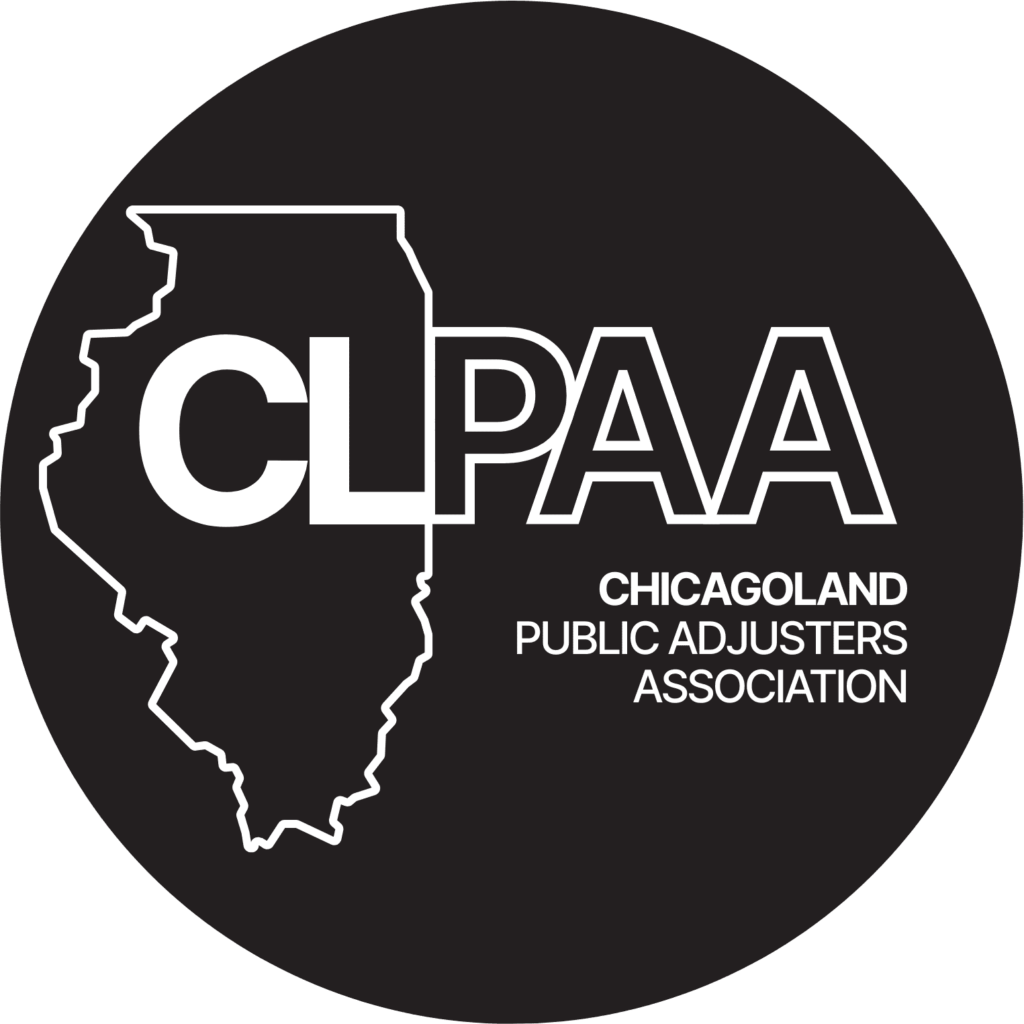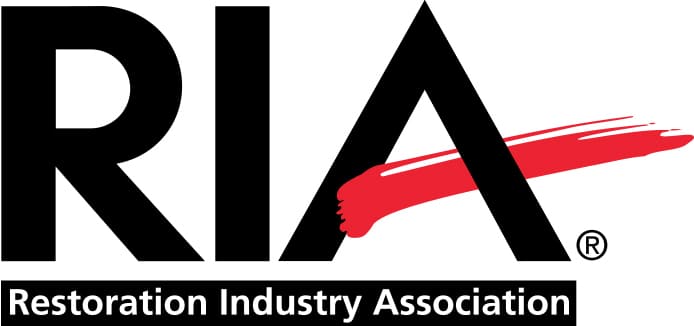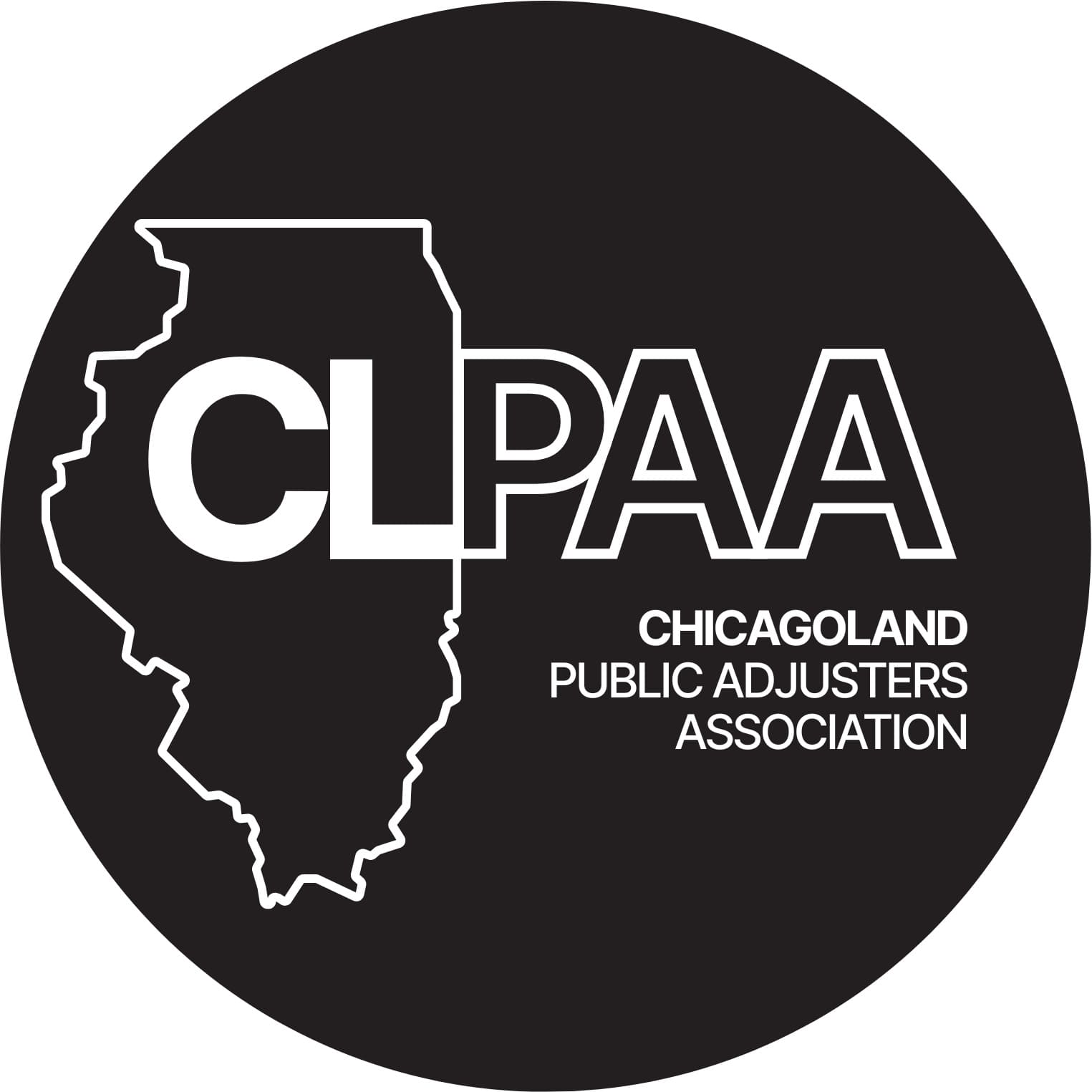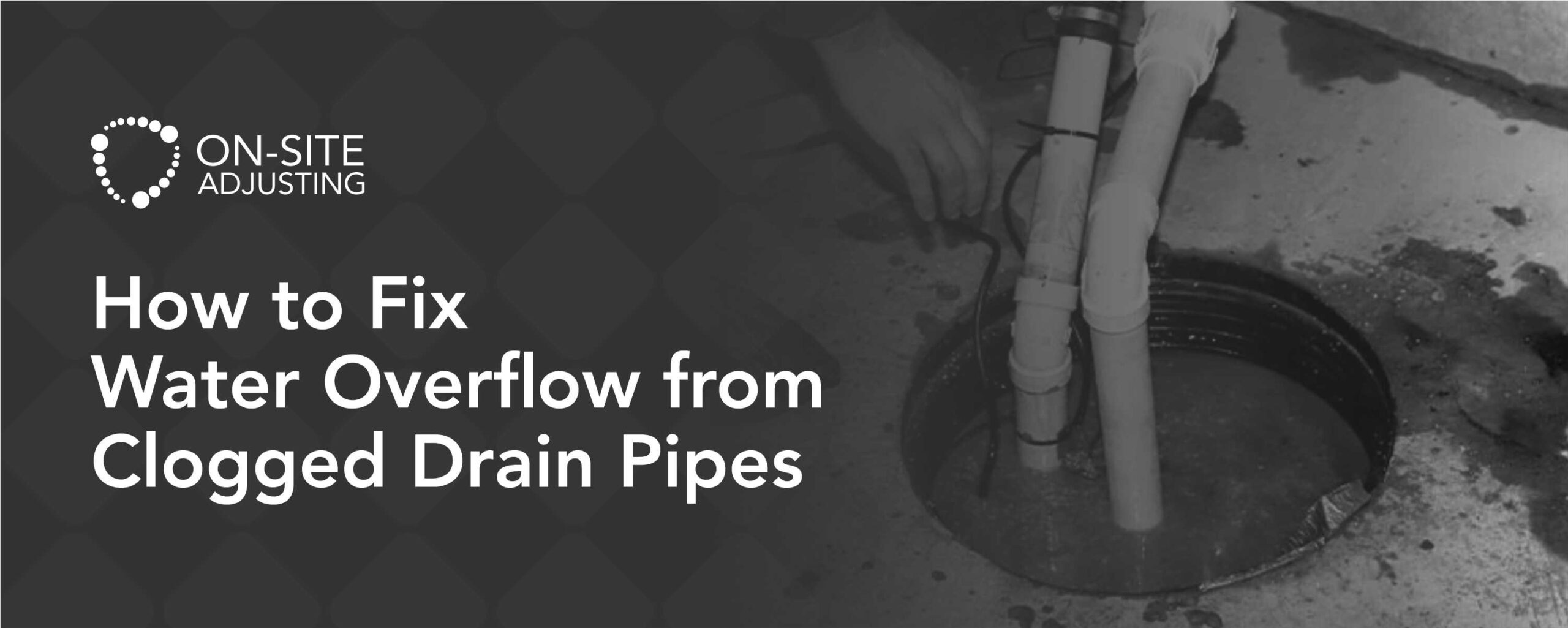
An overflowing drain from clogged drain pipes can wreak havoc on your home. Aside from creating a mess, it can potentially lead to water damage. Any drain can become clogged; this includes your kitchen sink, bathroom, or even outdoor drains. Water overflow can escalate quickly if not dealt with. It is best to contact a professional plumber to rule out any hidden issues.
In this article, we’ll cover what causes drain pipes to clog and whether your home insurance covers such issues. Most importantly, how to fix water overflow from clogged pipes.
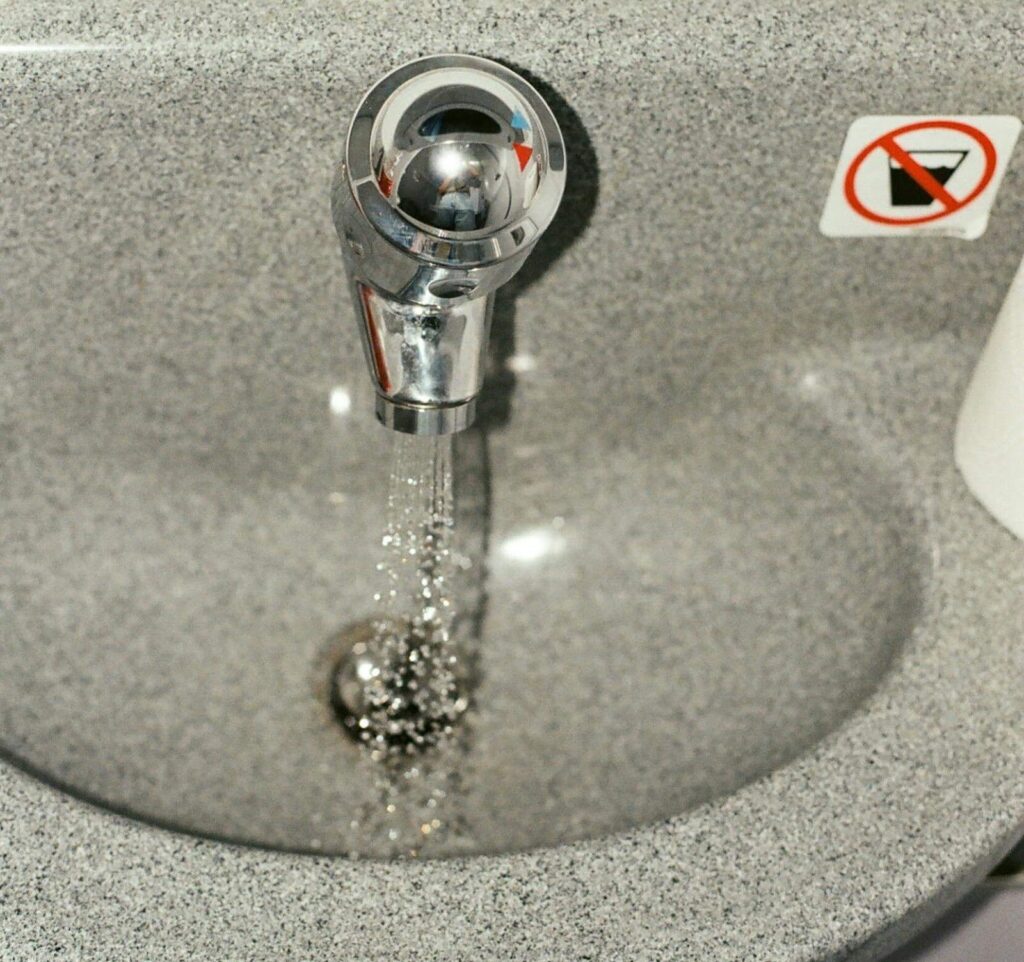
What Causes Drains to Clog?
Understanding the root cause of drain clogs is the first step toward prevention. Clogs don’t just happen out of the blue; they build up over time. However, putting a strainer over your drain can prevent future clogs. There are different types of strainers but your choice should depend on the drain’s location.
Here are the main culprits of clogged drain pipes:
Hair and Soap Scum
Bathroom drains often suffer from clogs due to hair and soap residue. This is particularly so for those in the shower or bathtub. As hair strands fall while bathing, they combine with soap scum. This can form a tangled mess that eventually blocks the drain.
Grease and Food Particles
Kitchen sinks are especially prone to clogging due to grease, fats, and food particles. Although it seems harmless in liquid form, grease solidifies as it cools. It then clings to the pipe walls and causes blockage. Over time, food scraps can also get stuck, leading to a significant blockage.
Foreign Objects
Sometimes, small items like jewelry, toys, or even paper towels find their way into the drain. These objects don’t dissolve or break down. Therefore, they lead to immediate blockages that cause water to back up.
Mineral Build-Up
Hard water contains minerals like calcium and magnesium. Over time, these minerals accumulate and restrict water flow. This mineral build-up can clog pipes, especially in areas with high mineral content in the water supply.
Tree Roots
In some cases, the problem isn’t inside your home. Tree roots can invade underground pipes in search of water. Once inside, they grow and cause severe blockages. This then leads to overflows and even pipe bursts.
Feeling stuck with your claim? You don’t have to fight alone.
Reach out to us — we will review your claim for free and help you understand your options
How to Fix an Overflowing Drain from Clogged Pipes
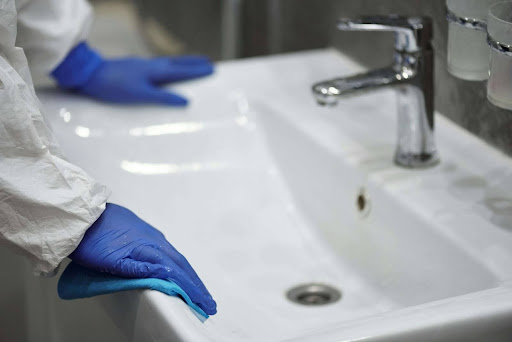
You can utilize different methods to fix an overflowing drain. The severity of the blockage should determine what method you choose. Some clogs are relatively easy to clear with simple tools and household items. However, others may require professional assistance.
Use a Plunger
One of the most common and straightforward tools for dealing with clogged drains is the plunger. This tool creates a vacuum seal over the drain, allowing you to push and pull the clog. This breaks the clog up and allows water to flow again.
Before using the plunger, remove any standing water around the drain. This is because the excess water can interfere with the plunger’s suction. However, you need a small amount of water to create the right seal. For sinks or bathtubs, fill the drain area with enough water to submerge the plunger’s head.
Once the plunger is in place, press it down firmly to ensure a tight seal around the drain. Then, begin pushing and pulling the plunger handle in quick, forceful motions. The force of this action will create pressure that can break up the clog. It may take several vigorous pumps before you notice any changes in water drainage.
As the clog loosens, the water should start to drain more smoothly. You should plunge until the water flow returns to normal. After you’ve cleared the blockage, flush the drain with hot water. This will remove residual debris and grease, completely clearing the pipe.
Use a Drain Snake
If a plunger doesn’t resolve the issue, you can try a drain snake, also known as a plumber’s auger. This tool is particularly effective for deeper or stubborn clogs because it can pull the clog out.
To use a drain snake, feed the cable into the drain. Slowly rotate the handle as you push the snake further into the pipe. When you encounter resistance, it typically means you’ve reached the clog. At this point, continue to rotate the handle. This will either help the coil at the end of the snake penetrate through the clog or latch onto it. Once you feel the clog breaking apart or the snake hooking onto it, carefully pull the cable back out of the drain.
After you’ve removed the clog, it’s important to flush the drain thoroughly with hot water. This clears any small pieces of debris left in the pipe. Furthermore, it helps restore normal water flow. If the clog was deep or particularly tough, a second pass with the drain snake might be necessary to clear any remaining blockage.
Pour Boiling Water
Another effective method for clearing an overflowing drain, especially in kitchen sinks, is pouring boiling water down the drain. This technique is most useful for grease, soap scum, or other materials that solidify inside pipes. Boiling water helps by melting and loosening substances stuck in the drain.
To use this method, boil a large pot of water. While it’s still hot, slowly pour it down the clogged drain. It’s essential to pour the water gradually to avoid splashing. Pouring gradually also gives it time to work through the blockage. The heat from the boiling water will break down the hardened materials. This makes it easier for them to flow out of the pipe. If you don’t notice immediate results, repeat the process a few times. This allows the water to dissolve more of the clog each time.
You should know that this method may not be as effective for larger or more solid clogs. In such cases, you can combine boiling water with other methods.
Use Baking Soda and Vinegar
A natural and environmentally friendly solution to drain clogs is the combination of baking soda and vinegar. These two household items create a chemical reaction when mixed, which helps to break down clogs. This method works particularly well for grease, soap, or mild mineral build-up. Furthermore, it’s a good option for those who prefer to avoid harsh chemical cleaners.
To apply this technique, pour about half a cup of baking soda directly into the overflowing drain. Follow this with one cup of white vinegar. The chemical reaction between the two substances will create fizzing and bubbling. This reaction helps to dislodge the clog. It’s important to cover the drain immediately after pouring in the vinegar. This traps the reaction inside the pipe. Additionally, it directs the energy toward breaking up the blockage.
Let the mixture sit for at least 30 minutes. During this time, the reaction will work its way through the clog. This will break down grease, soap scum, and other debris. After waiting, flush the drain with boiling water to wash away any loosened particles. You can repeat this method if necessary, and it’s an excellent option for routine drain maintenance.
Try a Wet/Dry Vacuum
If you have access to a wet/dry vacuum, you can use it to remove clogs from an overflowing drain. This method is particularly effective for larger debris stuck in the drain. For example, small objects or accumulated material you can’t dissolve. Wet/dry vacuums work by using powerful suction to pull the clog out.
To use this method, check if your vacuum has a setting for different materials. If it does, set it to liquid mode. Place the hose over the drain. Ensure there is a tight seal to maximize the suction power. Turn on the vacuum and let it run for several minutes. The suction will pull the clog up and out of the drain. This often removes large amounts of debris in one go. Once you’ve removed the clog, run water through the drain to fully clear the pipe.
Use Chemical Drain Cleaners
You can also use chemical drain cleaners to dissolve clogs. These cleaners contain powerful chemicals that break down materials that commonly cause clogs. However, you should use chemical cleaners with caution. This is due to their potentially harmful effects on your pipes and the environment.
If you decide to use a chemical drain cleaner, carefully follow the instructions on the product label. Typically, you’ll pour a measured amount of the cleaner down the clogged drain. Then, you let it sit for 15 to 30 minutes. During this time, the chemicals will dissolve the clog. After the recommended waiting period, flush the drain with hot water to wash away the dissolved material. Avoid using these cleaners frequently. This is because they can erode pipes, especially in older plumbing systems.
Call a Professional Plumber
Ordinarily, you should call a professional plumber immediately after you notice a clog. However, you can still try one of the other methods we’ve discussed. If they do not resolve the problem, send a quick message to a plumber. Plumbers have specialized tools, such as hydro-jetting machines, that can clear even the most stubborn clogs. Hydro-jetting uses high-pressure water to blast blockages away.
Additionally, a plumber can diagnose if underlying issues contribute to the clog. For example, damaged pipes or root intrusion from nearby trees. In these cases, calling a professional is the best course of action to prevent further water overflow.
Does Home Insurance Cover Clogged Drains?

Home insurance typically covers damage due to clogged drains, but not the blockage itself. If an overflowing drain causes water damage to your home, your policy may cover the cost of repairs. However, this depends on your coverage terms. For example, some policies cover specific scenarios like pipe bursts or sewer backups, while others may not.
Nevertheless, insurance companies generally expect homeowners to maintain their drains. If the clog results from neglect or poor maintenance, your insurer may deny your claim. Furthermore, insurance companies may check if you perform routine maintenance to prevent blockages. Therefore, you should clean your drains regularly and avoid letting debris build up.
Lastly, always review your policy and speak with a public adjuster to understand the extent of your coverage. A public adjuster will break down your policy for you and handle all aspects of your claim.
Conclusion
An overflowing drain can be a frustrating experience. However, tackling the problem quickly can prevent further water damage. It is best to call a professional plumber once you notice a problem. Nevertheless, you can still try one of the DIY methods we’ve discussed. If none of them work, a plumber is your only hope.
Your insurance policy may also compensate you if the overflowing drain causes water damage to your home. However, you should ask your public adjuster for clarification before deciding to file a claim. Doing so will help you avoid filing baseless claims, thus, making your claims process smoother.
Finally, regular drain maintenance can save you time, stress, and money in the long run. Keep your drains clear of debris and use preventative methods like strainers. This will reduce the likelihood of future clogs.
Don’t deal with water damage claims alone. Let On-Site Adjusting shoulder that burden. We have professionals who will fix your drains and handle your insurance claim all at once. Schedule a call with us today to have a smooth and stress-free claims process.

